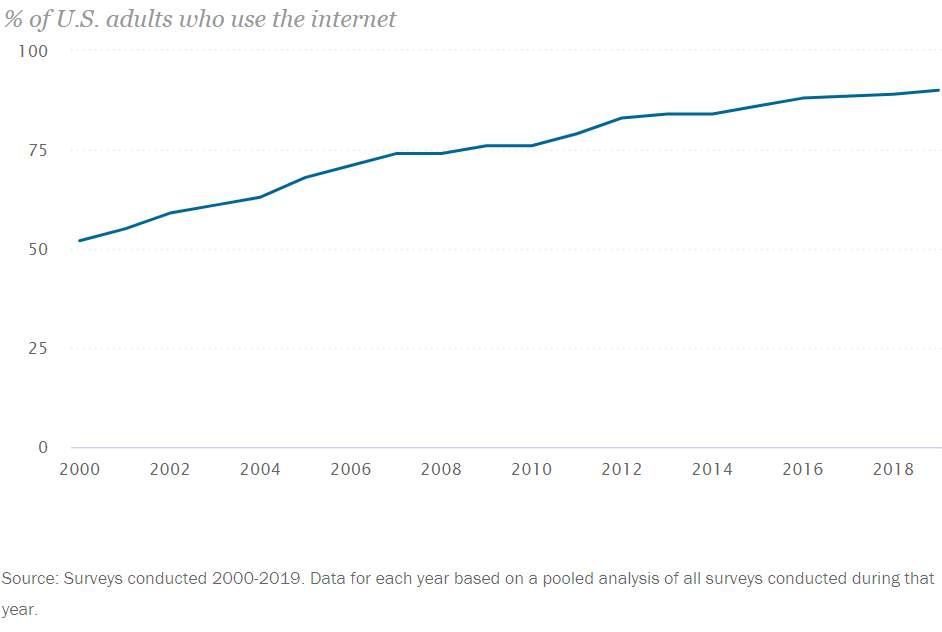Behavioristic Learning and E-Learning Theories
Has centralisation improved the neurological outcome of children requiring intensive care services in Yorkshire and Humber?
August 10, 2021Management Education in Business Schools
August 10, 2021Behavioristic Learning and E-Learning Theories
Chapter 3: Literature Review
“Education is the passport to the future, for tomorrow belongs to those who prepare for it today.” – Malcolm X
3.1 Behavioristic Learning and E-Learning Theories
Learning theory is an organized set of principles which explain how someone can acquire, retain, and remember knowledge. According to Skinner (1974), behaviorists define the mind as a “black box” as a response to a stimulus is observed as quantitative as it ignores the thought processes that are going through the mind [20]. Atkins (1993) [21] discussed four aspects which are linked to realise e-learning courses in consideration to behaviorists in school:
- The learning material should be presented into step-by-step instructions while giving positive examples to reinforce knowledge and understanding and presenting negative examples to demonstrate conceptual boundaries.
- Courses should entail defined instructions using conditional or unconditional branching to different instructing methods such as videos and graphics and this choice should be pre-determined at the time of the course.
- Giving the learner more control over learning the courses by designing and letting them make their choice out of a set of activities. This method will not only maximise the learning efficiency but also to follow a sequence in the learning process.
- Repetition when practicing allows to build proficiency of learning by reviewing and revising the materials with feedback. Furthermore, the instructions should be broken into parts, and specifically for the construction field, it should display the applied skills and procedures that are currently being practiced and in compliance with WorkSafeBC.
The proposed approach of Atkins (1993) suggests a structured and deductive approach on how to design an e-Learning course so as the learners can grasp all the basic concepts and information rapidly. In the case of BCCSA, one of the challenges that the course learners might have in case of switching to e-learning, is that the basic concepts and skills will not be present in an online atmosphere. However, according to Atkins’ (1993) four aspects discussed above, we must use the same basic concepts of behaviorism and make learning an interesting chore, such as including set of activities, and choices. It gives the participant the freedom to think creatively and learn efficiently.
On the other hand, Abas (2003) [22] claimed that there is no best method for e-learning and it just simply provides a different learning experience. It depends on the person whether they are comfortable to learn online or not. One thing he said we can be certain about is that e-learning is a good addition to the pedagogies that are currently available. To support that, Jordan (2017) stressed on the fact that with the increasing offering of online course globally, online modes of study are almost equivalent to an in-class environment when it comes to key outcomes such as the performance of the student. E-learning not only benefits students with the flexibility of learning but it also benefits instructors with professional development in terms of expanding their direct skills (Jordan, 2015).
3.2 E-learning delivery frameworks
It is widely known that there is a need to continuing professional development and lifelong skills learning opportunities. WorkSafeBC recognizes this fact and therefore created the BCCSA to offer construction safety specific courses to the construction industry without them having to pay for the courses.
According to Pew Internet Research Centre (2019), North America has the highest Internet usage in the world and today, 9 in 10 Americans is believed to use the Internet. Figure 2 below shows the demographics from 2008-2019 on the increase of internet usage among adults.

Figure 2: Demographics of Internet and Home Broadband usage
Not only that, the BCCSA only offers to book cours

